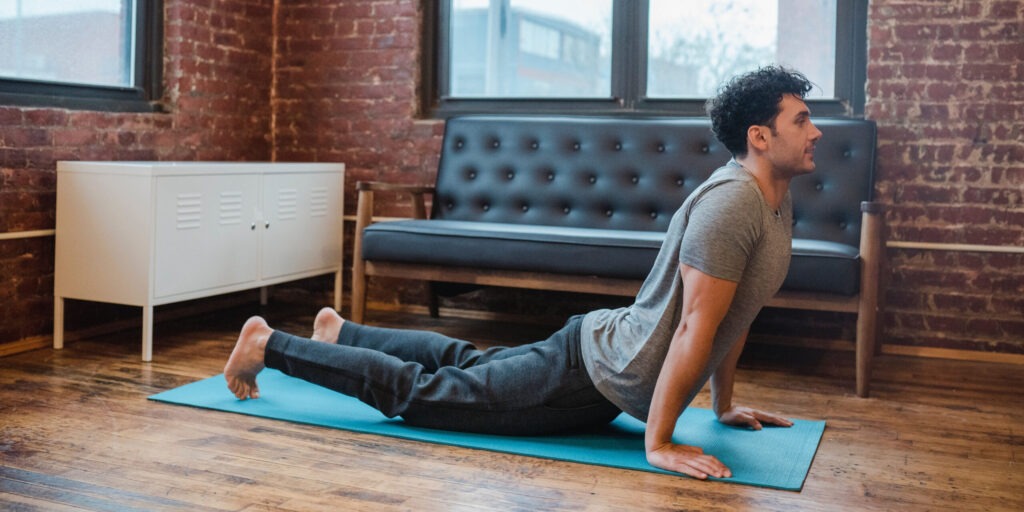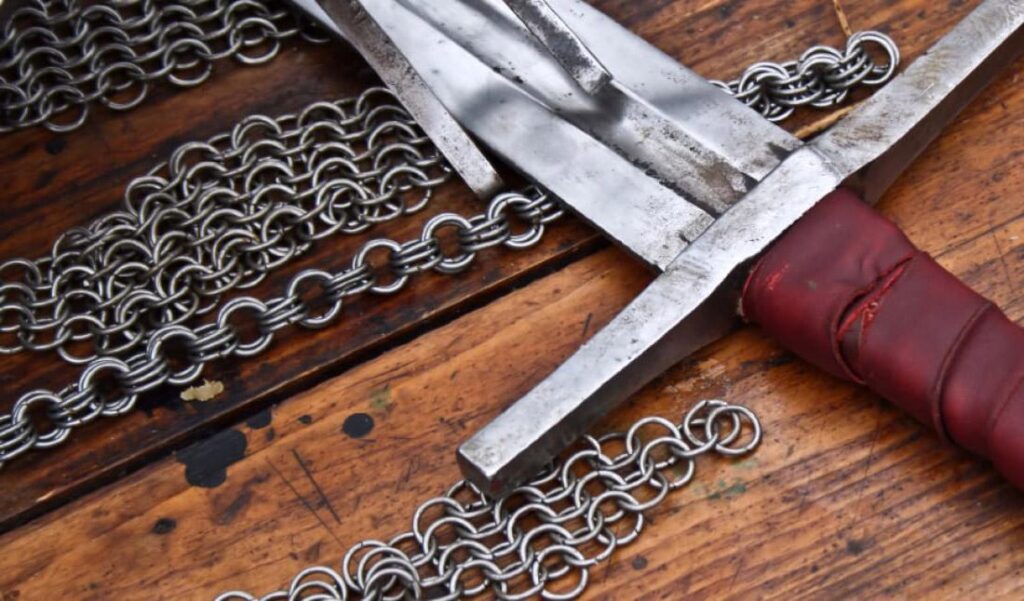Taped Up, Braced Up, and Strapped Down: Training Through Injury

I consider myself to be relatively lucky in regards to injuries when it comes to martial arts. I have broken some fingers in intense bouting, separated a shoulder while doing armoured combat, and have certainly had my share of sprains and strains. That being said it has been a relatively healthy career thanks to a lot of care and attention. Yet, even with that, injuries happen. What to do with your training when they do?
Keep the Rhythm
I am a big believer in rhythm over quantity. Setting and keeping a regular training practice, even if it’s only five minutes per day, has been demonstrated to me to be more effective in long-term growth than larger but more sporadic sessions. When you sustain an injury, find a way to keep your rhythm.
If you regularly attend classes, I recommend attending them anyway and, if your injury is severe, simply watch, take notes, and be as present as possible to the class. Even if you come for a shorter time, keeping that dedicated time sacred is an important part of a healthy return.
Modify Your Practice
When I was dealing with sciatic, I had a period of time when I couldn’t stand, so I practiced and trained from a chair. The chair reframed how I thought strategically about swordplay. I was forced to view measure and timing in a very different regard and train a whole new set of techniques that inevitably helped me become a better swordsman.
If you’re unsure how to accommodate your limitations, speak with an experienced practitioner or instructor, and of course involve your health care professional to make sure you do what’s right for the speediest and most thorough recovery.
Using your non-dominant hand, standing with your feet fixed, sitting in a chair, switching to drills-only, and removing specific targets are just some of the ways practice can be modified to allow training during recovery.
Know Your Pain
If you are in the recovery phase and your doctor says it’s ok for you to be moving your hurt bits, make sure that you cultivate an awareness of your pain. One of the biggest consequences I see of injury is someone messing up other parts of their body while they try to accommodate or completely avoid pain.
I’ve found one of the best antidotes for this is to make sure you gently explore the pain you’re dealing with. Feeling a strain in your shoulder? Put down your sword and gently work through your range of motion. Where does it hurt? What motions lead to that pain? Are you physically impeded or mentally afraid of discomfort?
Seek to stay relaxed through your exploration, stay within reasonable limits, and build the ability to stay at ease during the pain instead of over-compensating or tensing in an attempt to protect yourself more than is necessary.
Be Patient and Gentle
Don’t “train through the pain”, as not all “pain is gain”. Work with your trainer, rehab specialist, physiotherapist or sports doctor to make sure that how you are training (even if you’re doing training that avoids the affected area) is healthy for your recovery. If you need to, consider taking notes, reading books, or pursuing your training in a more mental rather than physical fashion. I highly recommend visualization. It’s easy to prolong recovery with over-eagerness, so be strategic about your recovery, not just stubborn.
Devon





Great article, thank you. It’s easy to get discouraged when injured but there are some excellent suggestions here. I particularly like the idea of returning to visualization as a practice technique.
Thanks for your comment, Sophie. Visualization can get you surprisingly far along the path the actual engagement.